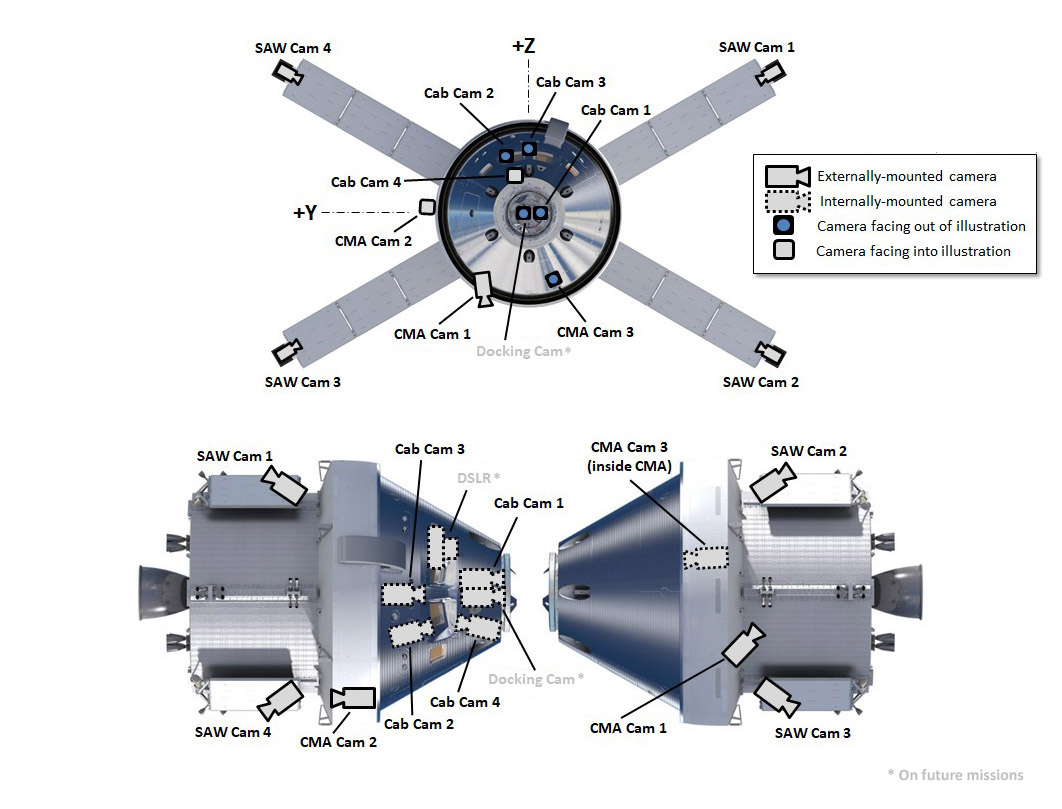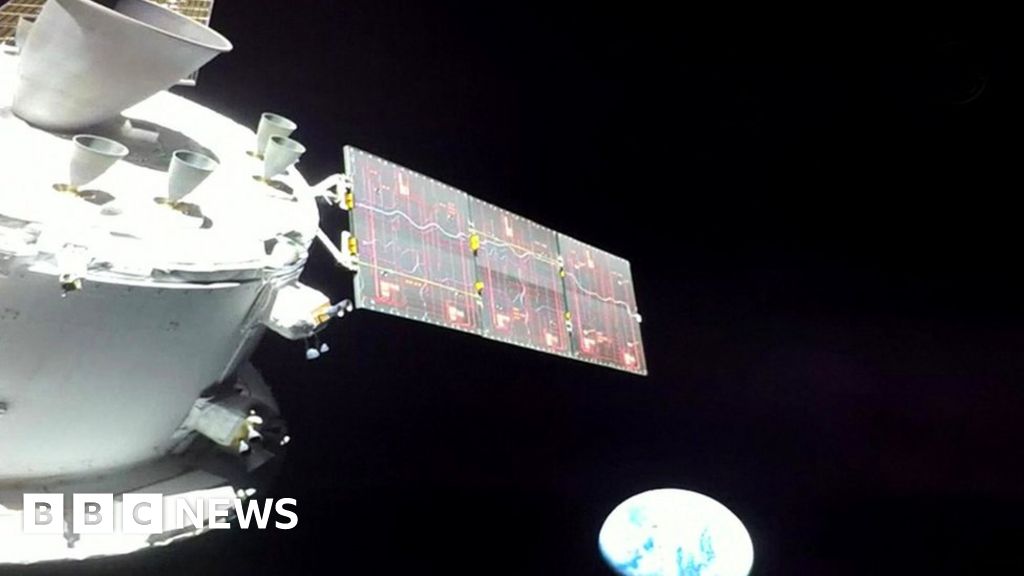Associate
- Joined
- 19 May 2010
- Posts
- 1,452
- Location
- Cheltenham
And you only have to look at the mission reports for the Apollos to realise how close they came to dying many times - not just 13.
And you only have to look at the mission reports for the Apollos to realise how close they came to dying many times - not just 13.

Quite.
12's emergency remains my absolute favourite of them all. Listening to the recording from the onboard voice recorder, you get all the caution and warning hell caused by the lightning strikes, the quick back and forth with the 'SCE to AUX' call, the resolution, flight continues and everything calms down...and then the crew bust into hysterical laughter
NASA have only just recently discovered 1080p streaming, so....Hmm I was hoping NASA might have leant something from SpaceX and given us so camera views from at least the second stage.

Some live views:Think there are around 16 cameras or so on Orion, in many different locations so hopefully we get some great footage, assuming Orion survives reentry.

NASA’s Artemis I Cameras to Offer New Views of Orion, Earth, Moon - NASA
During Artemis I, NASA’s Space Launch System (SLS) rocket will send the agency’s Orion spacecraft on a trek 40,000 miles beyond the Moon before returning towww.nasa.gov
Some live views:

Barrelling towards the Moon now.
Not having it, that’s clearly a magnified golf ball.Barrelling towards the Moon now.

We should have some video after this.The outbound powered flyby will begin at 1244 , with Orion’s closest approach to the Moon targeted for 1257, when it will pass about 80 miles above the lunar surface. Engineers expect to lose communication with the spacecraft as is passes behind the Moon for approximately 34 minutes starting at 1226.The Goldstone ground station, part of NASA’s Deep Space Network, will acquire the spacecraft once it emerges from behind the Moon.

